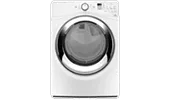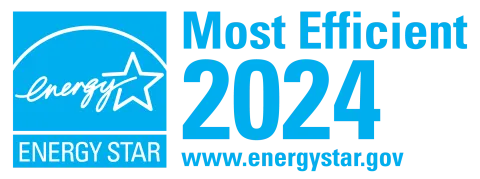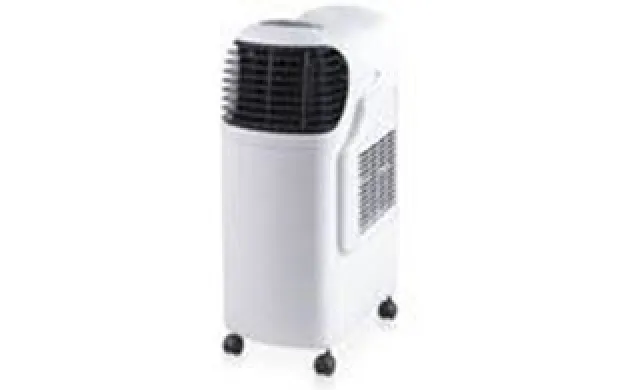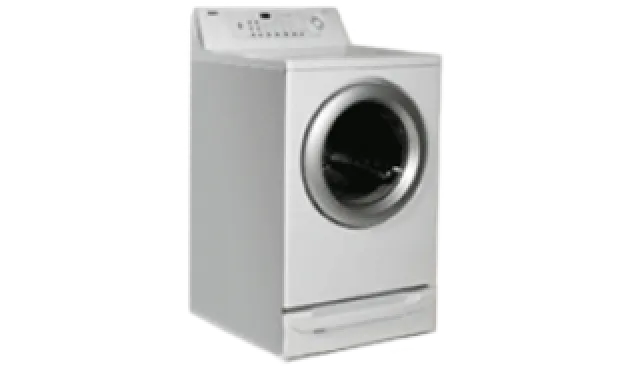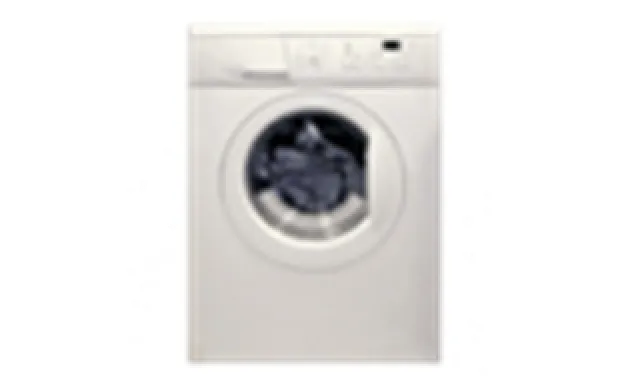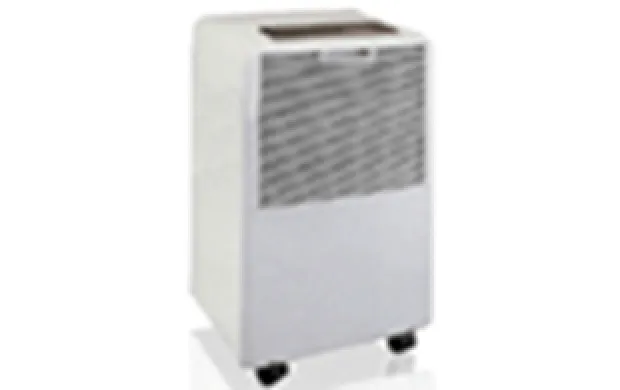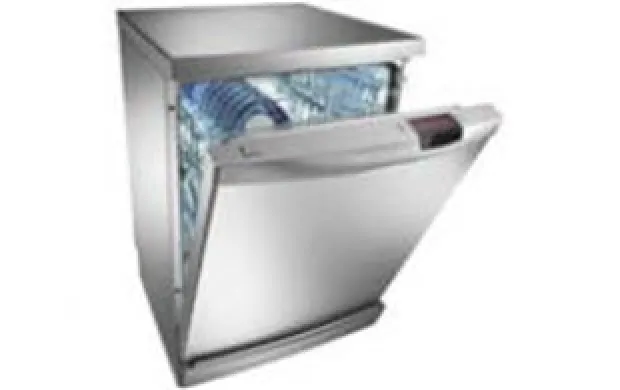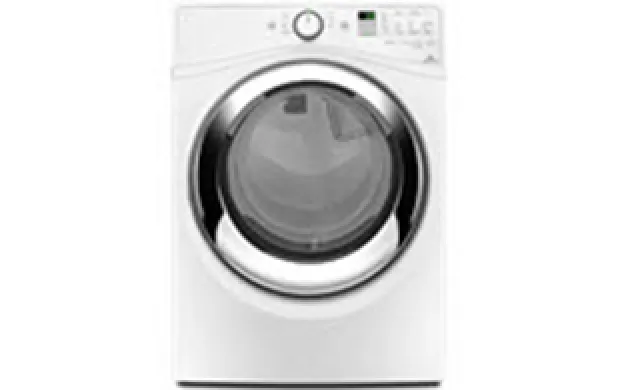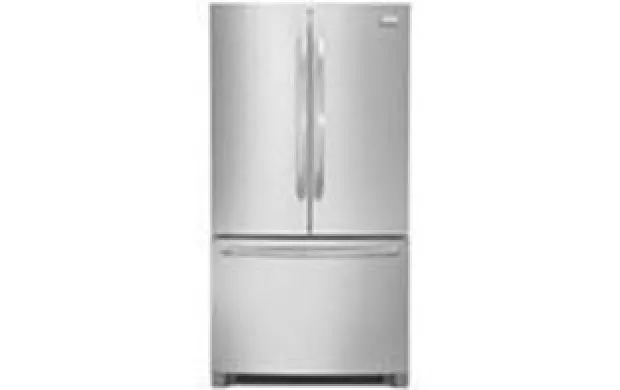Clothes Dryers
For PartnersWhy ENERGY STAR?
About 80 percent of American homes have a clothes dryer, so the savings opportunity is huge. If all clothes dryers sold in the U.S. were ENERGY STAR certified, Americans could save more than $1.5 billion each year in utility costs and prevent greenhouse gas emissions equivalent to those from more than 2 million vehicles.

Rebate Finder
Our partners sponsor rebates on certified products.
How Do I Choose the Right Type of Clothes Dryer?
Choose the Right Size for Your Capacity Needs
- If you are replacing a dryer, consider how much laundry you dry each week.
- Drying too large of a load will cause it to take longer to dry. The drum needs to be large enough to allow a full load from the washer to tumble freely, with enough space left over for hot air to circulate.
- Too small of a load can cause problems, too. Drying a single towel for 30 minutes will cost about as much as drying a full load for the same time. Smaller loads can take longer to dry without benefit of the tumbling effect of a full load.
- It is a bit easier if you are buying both a matching washer and dryer - manufacturers normally design these pairs to work together with the same sized load.
Choose a model with a high Combined Energy Factor (CEF)
Combined Energy Factor (CEF) is a measure of energy efficiency that reflects the energy use of the clothes dryer - the higher the CEF, the more energy efficient the clothes dryers. You can find and compare the CEF for all certified dryer models using the ENERGY STAR Product Finder.
Increasing Functionality and Performance
ENERGY STAR certified clothes dryers incorporate the following advanced features:
- Sensors to Detect When Clothes Are Dry - ENERGY STAR clothes dryers save energy by using automatic termination to help detect when your clothes are dry. This feature also prevents wear and tear on your clothes from over-drying.
- Low Heat Setting - ENERGY STAR clothes dryers use lower temperatures than standard clothes dryers, generally.
- Delayed Start - Delay start gives you the option of setting the dryer to begin according to your schedule. In some cases, delaying the start of the dryer could save energy costs if your utility offers time of use (TOU) pricing.
- Steam Cycles - Many ENERGY STAR dryers also include convenient features, such as a steam cycle that can help save time on ironing clothes by preventing wrinkles.
Heat Pump Dryers
For even more savings, consider ENERGY STAR certified heat pump dryers - they use almost 30% less energy than a conventional clothes dryers. Consumers with high clothes dryer usage and high electricity rates have the potential for large energy and cost savings. All heat pump dryers meet the criteria for ENERGY STAR Most Efficient.
A heat pump dryer works as a closed loop system by heating the air and using it to remove moisture from the clothes, then reusing that air once the moisture is removed. Rather than releasing moist air through a dryer vent to the exterior of the home as a conventional dryer does, a heat pump dryer passes humid air in the dryer drum through a condenser to remove the moisture without losing too much heat. The condensed moisture (water) from the drum is drained or emptied out of a holding tank in the dryer. Watch this video to see a heat pump dryer in action(link is external).
When considering a heat pump model, keep in mind:
- Initial Cost vs. Ongoing Savings – Clothes dryers, like all products that use energy have two price tags: 1) the initial cost of the product at the time of purchase, and 2) the cost of energy to operate that product over its lifetime. For a higher initial purchase, a heat pump model can save more energy and money with each load.
- Venting – Since a heat pump dryer does not release air through a home’s exterior, there is no need for a dryer vent. For homes without an existing vent, a heat pump dryer can offer a significant cost savings during installation, since the investment in putting in a new vent is not needed.
- Water Drainage – A heat pump dryer’s condenser removes moisture from the air during the drying process, resulting in water that needs to be drained. If installation of a drain for the water is not feasible, a water tank will need to be emptied after each dryer load. Many manufacturers sell a device that allows heat pump dryers in some configurations to use the clothes washer drain to remove the water.
- Consider selecting a clothes dryer with a lower Global Warming Potential refrigerant - Heat pump dryers use refrigerants. Refrigerants with lower global warming potential (GWP) for clothes dryers include R-290. Selecting an ENERGY STAR certified model with a lower GWP refrigerant means your product will have a much lower impact on the climate if the refrigerant is released into the environment. The GWP compares the warming power of a substance to an equivalent amount of CO2 (GWP = 1 for CO2). Some refrigerants are hydrofluorocarbons (HFCs), which are powerful greenhouse gases with GWPs hundreds or thousands of times higher than CO2. Find heat pump dryers that contain refrigerants with a lower impact on global warming here.
ENERGY STAR Most Efficient
Products that are recognized as ENERGY STAR Most Efficient deliver cutting edge energy efficiency along with the latest in technological innovation. They represent the very best for energy savings and environmental protection. Typically, Most Efficient models employ Heat Pump technology. Find Most Efficient dryers here.
Be sure to look for the ENERGY STAR when shopping for clothes dryers
Current Specification Effective Date: January 1, 2015
Eligibility Requirements:
Standard-size (4.4 cubic feet or greater) and compact (less than 4.4 cubic feet) clothes dryers meeting the ENERGY STAR definitions for clothes dryers are eligible to earn ENERGY STAR certification.
Get the most efficiency from your ENERGY STAR certified dryer by considering the following:
- Sensors to Detect When Clothes Are Dry - ENERGY STAR clothes dryers save energy by using automatic termination to help detect when your clothes are dry. This feature also prevents wear and tear on your clothes from over-drying.
- Low Heat Setting - ENERGY STAR clothes dryers use lower temperatures than standard clothes dryers, generally. When purchasing an ENERGY STAR certified clothes dryer, look for the cycle that uses the least amount of energy, sometimes known as the "energy-saving" selection.
- Savings by the pair. A full-size electric certified dryer saves approximately $210 in energy bills over the life of the product. An ENERGY STAR certified washer/dryer pair will save even more energy and money while doing your laundry. Clothes washers that have earned the ENERGY STAR incorporate advanced technology and functionality to get significantly more water out of your clothes in its final spin cycle than a conventional model. Paired clothes dryers can optimize cycles to avoid over-drying, save energy, and reduce wear and tear on your clothes.
- Clean the lint filter. Clean the lint filter after every load to improve air circulation and increase the efficiency of the dryer. This is also an important safety measure.
- Scrub the lint filter regularly if you use dryer sheets. Dryer sheets can leave a film on the filter that reduces air flow and, over time, can affect the performance of the motor. Use a toothbrush to scrub it clean once a month.

Your go-to resource for the latest advice from ENERGY STAR experts on saving energy at home and work.
Join Mailing List
Sign up for newsletters from ENERGY STAR to help you save money and energy at home.

